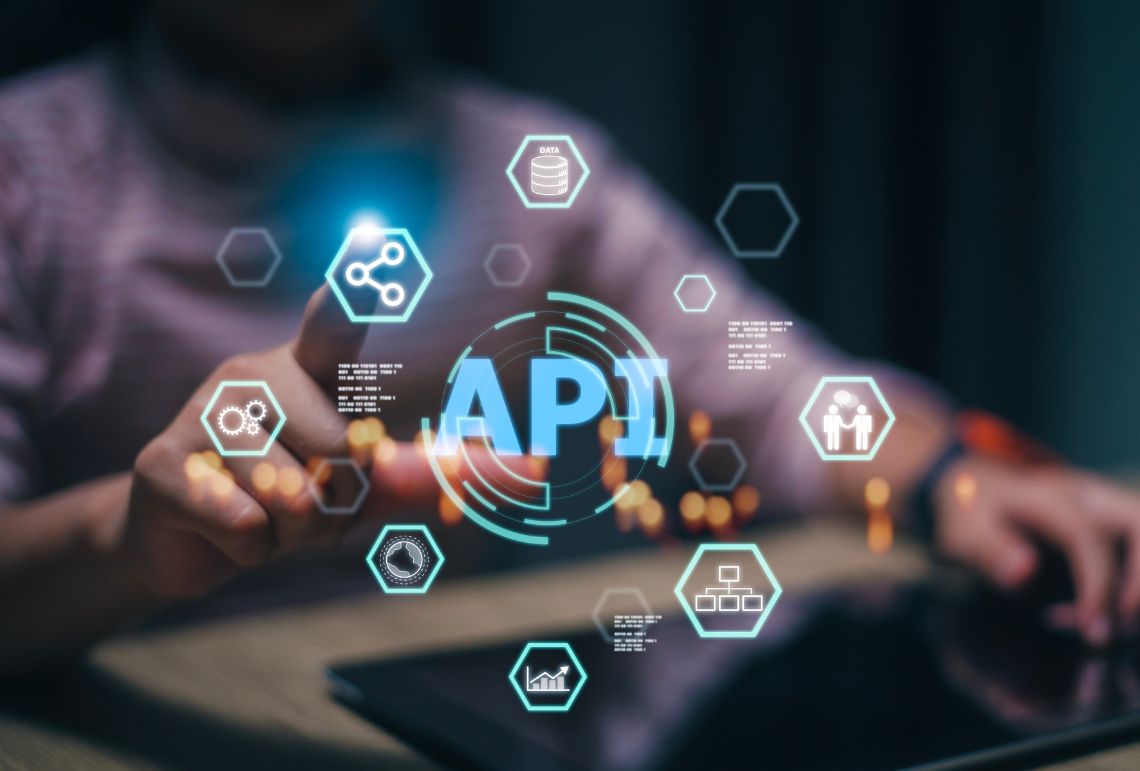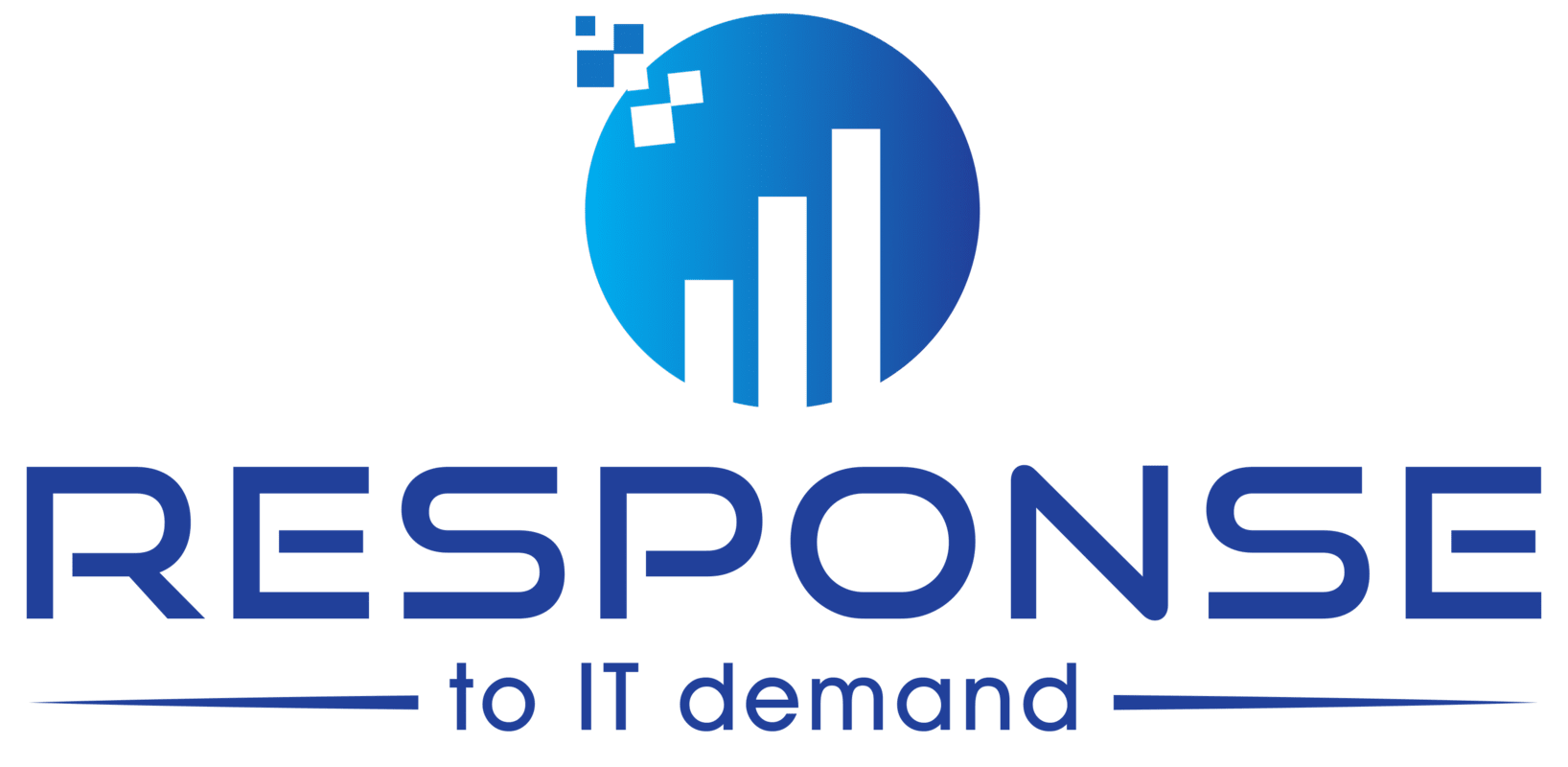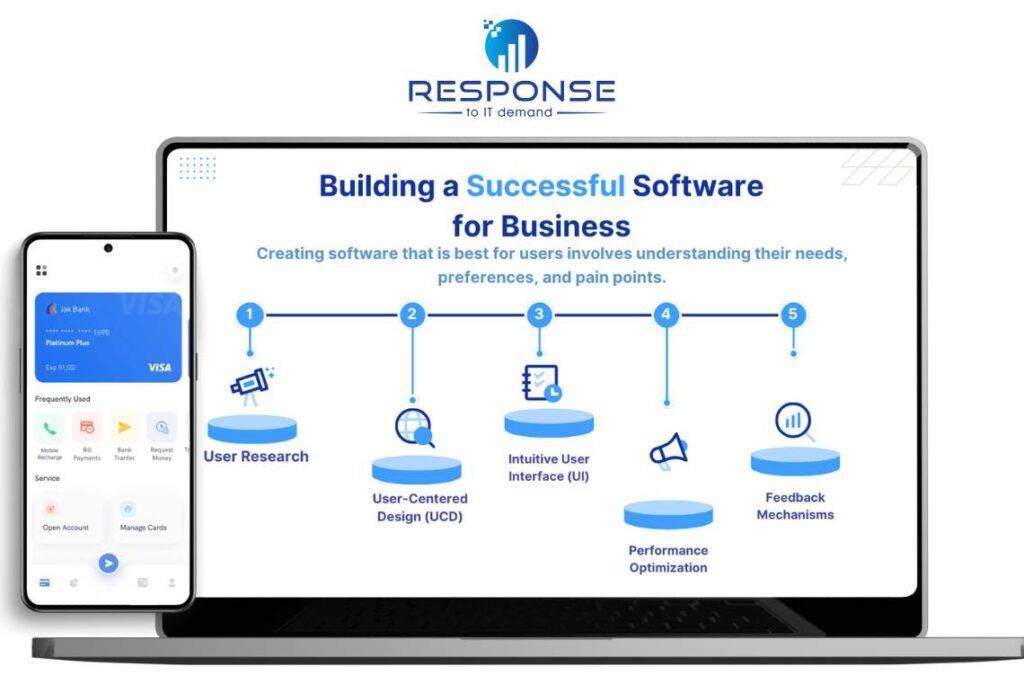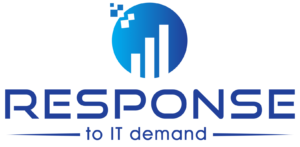Full-Cycle Software Development
How We Work
Full Development Process
Response guides clients through the complete product development cycle, delivering professional software solutions designed to propel businesses forward. Our comprehensive services include professional advisory, strategic planning, design, implementation, quality assurance, and ongoing maintenance.

Steps of Full-Cycle Software Development

(1) Discovery
The discovery phase in software development is a crucial initial stage where key stakeholders collaborate to gather, analyse, and define project requirements, objectives, and constraints. This phase lays the foundation for the entire development process by establishing a clear understanding of the project scope, goals, and user needs
Our team gathers information about the vision, desired application, and features. This process extends to analysing business needs and industry-specific requirements.
We provide regular updates on development, collaboration, and communication processes. We allocate resources, conduct risk assessments, estimate project timelines, and assign necessary professionals. A comprehensive understanding of the project scope and execution ensures timely completion within budget.
Identify potential risks and uncertainties that may impact the success of the project, such as technical challenges, resource constraints, or changes in project requirements.
Evaluate the availability of resources, technology capabilities, market demand, and regulatory compliance to determine the viability of the project.

(2) Design
The design phase of software development is a critical stage where the conceptual vision of a software product is translated into a detailed plan and blueprint for implementation. This phase involves the creation of architectural, user interface, and database designs that serve as the foundation for the development process.
We create a clickable prototype quickly based on the customer’s vision. It reflects the future application, showing the interaction between the screens and how features work. A clickable prototype can be used to collect valuable user feedback. For a product to be successful, adjustments based on user feedback are necessary for the development of new and distinctive user-centric features.
ESPONSE UI/UX designers analyse a variety of products, study potential customers, and create multiple interface sketches. We refine our vision to its final form by iteratively testing various ideas. We are passionate about staying current with design trends to ensure an application is elegant and user-friendly.
We ensure seamless data flow and make the application extensible to support both immediate and long-term business goals. At the core of the architecture, we have the capacity to manage performance, reliability, scalability, and usability at any stage of the product lifecycle without creating technology debts.
Once the design artefacts have been finalised and approved by stakeholders, a formal sign-off is obtained to authorise the commencement of the implementation phase.

(3) Implementation
The implementation step in software development is where the actual coding and development of the software solution take place based on the requirements and design specifications established in previous phases. This phase involves translating the conceptual design into executable code, building the software components, integrating them, and performing initial testing to ensure functionality.
Following best practices, we customise our application development process to meet specific needs and deliver first-rate, stable software. We schedule consistent, brief product delivery cycles with clearly defined acceptance criteria. We decide the order of development by putting the most important and difficult features at the top of the list.
We design and implement the optimal testing strategy and provide full-featured testing services to validate the product’s readiness for mass distribution. Product testing encompasses all possible user scenarios, which are manually and automatically tested. When the application is delivered, following the final approval, we provide a comprehensive report.
UAT (User Acceptance Testing) is an integral part of any software development project. The objective is to ensure that the software can perform real-world tasks. Users are given access to the solution in a simulated version of the real-world environment so they can make sure the software works as planned and find any bugs before signing off.
Any defects or issues identified during testing are logged, prioritised, and addressed by the development team. Performance optimisations, code refactoring, and improvements may be made to enhance the efficiency, scalability, and maintainability of the software solution.
(4) Delivery
Discover streamlined, cutting-edge solutions tailored to business needs. From integration and customisation to modernization and automation, we provide comprehensive software services for optimised performance and efficiency.
Business agility necessitates more frequent product releases and a substantial decrease in their release intervals. The system may be deployed in a test environment for user feedback collection or released into a production environment. This stage is aimed at preparing the application for assembly and releasing it to the production environment.
We provide support and maintenance services based on efficient management and expertise. Continuous improvement of the product aligns features with end users’ requirements and reduces the time to market for new functionalities. Maintenance includes troubleshooting and error tracking, bug fixing, performance monitoring and testing, backups, and regular ongoing product updates.
Documentation ensures that the software solution is well-documented and comprehensible for future reference and maintenance.



